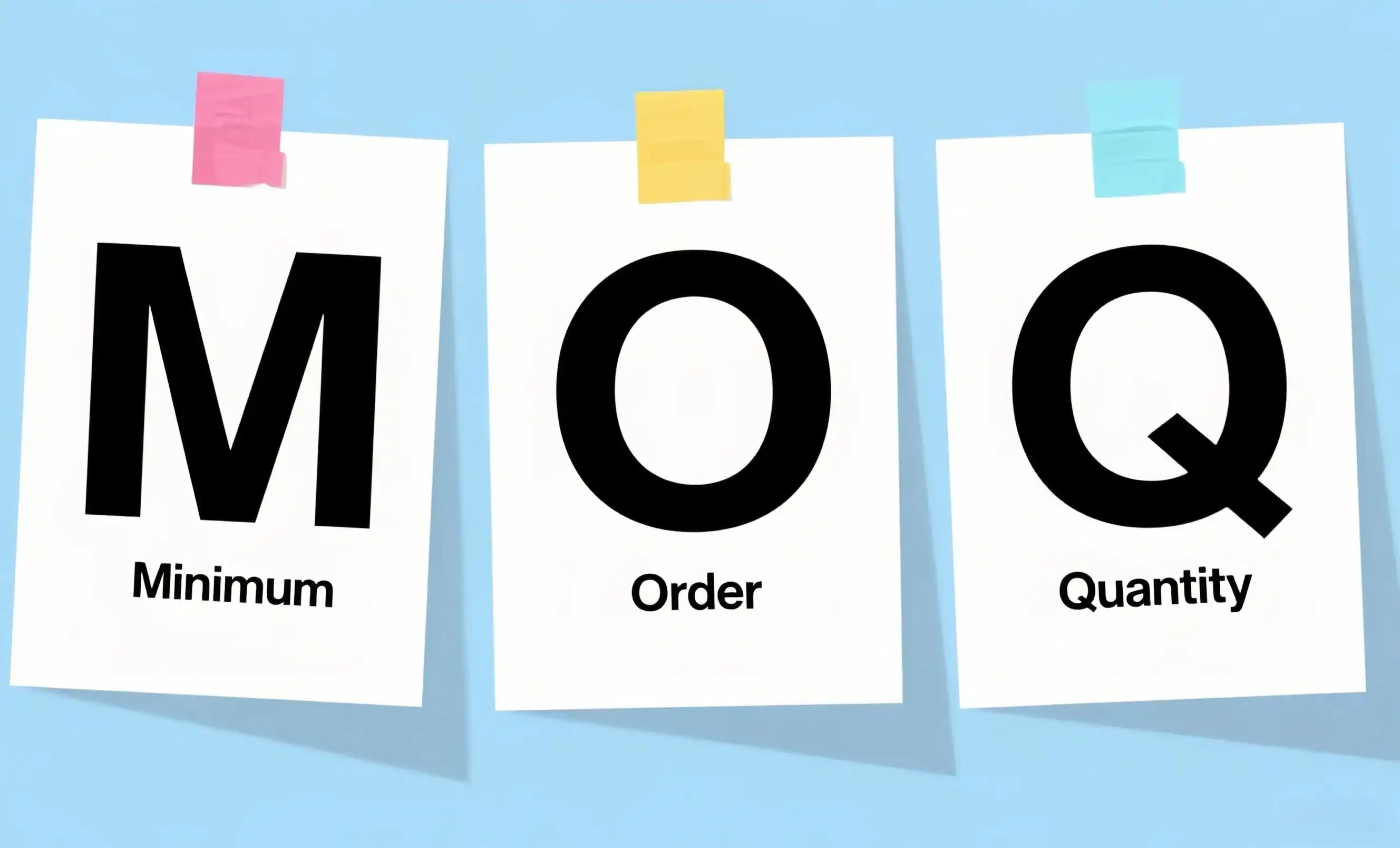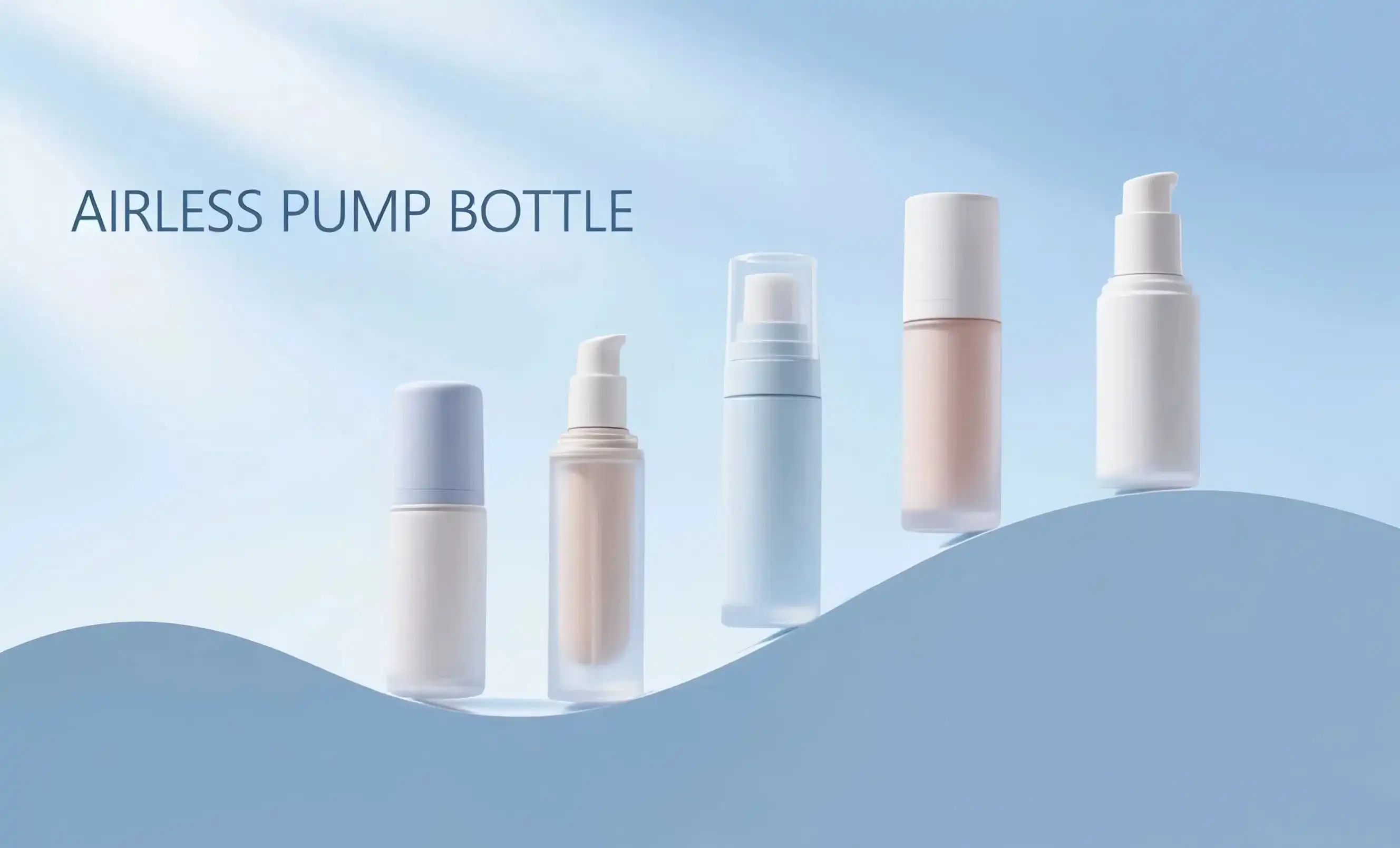The truth brands don't know: What suppliers won't tell you about MOQ
When it comes to minimum order quantity (MOQ), things are often not as simple as they seem. Many brands, especially startups, are often told a seemingly “fixed” MOQ during negotiations with suppliers, without realizing that there may be some flexibility behind these numbers. In reality, suppliers often have some leeway when it comes to MOQ, but they won’t proactively disclose this information.
Why are there MOQ restrictions?
MOQ is not arbitrarily set; it is typically closely tied to the supplier’s production efficiency, cost control, and profit structure. The following factors explain why suppliers set MOQ:
Production line efficiency: Producing larger quantities in a single batch reduces the frequency of line changes, cleaning, and equipment adjustments, thereby improving overall efficiency.
Material procurement: Suppliers typically need to purchase raw materials in bulk, especially for custom parts or printed packaging. If quantities are too small, unit costs increase.
Inventory and risk management: For non-standard products or customer-specific orders, low MOQs increase the risk of inventory buildup and sales uncertainty.
Profit considerations: Each order involves fixed costs such as labor, management, and logistics. MOQ helps ensure these costs are covered in sales.
Understanding these underlying reasons helps brands communicate more effectively and demonstrate an understanding of supply chain fundamentals, thereby laying the groundwork for trust in negotiations.

The Role of Seasonality and Market Demand
Seasonal fluctuations in demand can impact a supplier's MOQ policies. During slower periods, suppliers may be more open to lower MOQs to keep their production lines running. Similarly, if a particular product or packaging style is in high demand, suppliers might be more flexible with new customers to capture market share. Understanding these market dynamics can give startups leverage in negotiations.
Negotiating Techniques for Lower MOQs
Armed with this knowledge, startups can approach negotiations more strategically. Some effective techniques include:
- Proposing a staged order approach, starting with a smaller initial order and committing to larger future orders
- Offering to pay a slightly higher unit price in exchange for a lower MOQ
- Exploring the possibility of combining orders with other small brands to meet MOQ requirements
By understanding these hidden aspects of MOQs, startups can navigate negotiations more effectively, potentially securing more favorable terms that align with their budget and production needs.
Table 1: Common Procurement Challenges & Solutions for SMB Brands
| Challenge | Real-World Issue | Feasible Strategy |
|---|---|---|
| MOQ too high | Limited budget, unable to afford large MOQ | Find suppliers supporting low MOQ (e.g., Topfeelpack) |
| High packaging design costs | Extra costs for molds, special printing | Choose stock molds or partial customization |
| Long lead times | Custom packaging often takes over 30 days | Partner with fast-react factories |
| High inventory & storage cost | Small brands face cash flow pressure | Use 3PL warehousing or stage orders |
How to negotiate premium packaging with small quantity orders
Negotiating premium packaging options for small quantity orders requires a strategic approach. While it may seem challenging, there are several tactics that small and medium-sized brands can employ to secure high-quality packaging without committing to large order volumes.
Building Relationships with Suppliers
Developing strong relationships with packaging suppliers can open doors to more flexible arrangements. By demonstrating your brand's potential for growth and commitment to quality, you may find suppliers more willing to accommodate smaller orders of premium packaging. Regular communication and transparency about your business goals can foster a partnership that benefits both parties.
Leveraging Design Simplification
One effective strategy is to simplify your packaging design without compromising on quality. By focusing on essential elements that convey premium quality, you can potentially reduce production costs and make smaller orders more feasible for suppliers. This might involve choosing a standard bottle shape with a custom label or opting for eco-friendly airless bottles that offer both functionality and a high-end appearance.
Exploring Co-Packing Opportunities
Co-packing arrangements can be a valuable solution for brands seeking premium packaging in smaller quantities. By partnering with other small brands or working with a co-packer who aggregates orders, you can access higher-quality packaging options that would typically require larger MOQs. This approach allows you to benefit from economies of scale without overextending your resources.
Negotiating Flexible Terms
When discussing terms with suppliers, consider proposing flexible agreements that benefit both parties. This could include:
- Agreeing to a longer-term contract in exchange for lower MOQs
- Offering to provide a deposit or pre-payment for future orders
- Negotiating a mix-and-match approach, combining premium items with standard options to meet MOQs
By employing these negotiation strategies, small and medium-sized brands can often secure premium packaging options that align with their brand image and budget constraints.
Alternative solutions when standard luxury packaging is too expensive
When traditional luxury packaging options prove too costly for small and medium-sized brands, exploring alternative solutions becomes crucial. There are several innovative approaches that can help brands achieve a high-end look without the premium price tag.
Customizing Stock Packaging
One cost-effective strategy is to start with stock packaging and enhance it through customization. This approach allows brands to benefit from the lower MOQs associated with standard packaging while still creating a unique and premium appearance. Customization options might include:
- Adding custom labels or sleeves to standard bottles or jars
- Utilizing secondary packaging, such as custom boxes or bags, to elevate the overall presentation
- Incorporating unique closures or applicators to standard containers
By focusing customization efforts on elements that have lower MOQs, brands can achieve a luxurious look without the high costs associated with fully custom packaging.
Innovative Finishing Techniques
Employing innovative finishing techniques can elevate the appearance of more affordable packaging options. Some cost-effective methods to consider include:
- Using metallic inks or foil stamping to add a luxurious touch
- Applying textured finishes or embossing to create visual and tactile interest
- Utilizing gradient or ombré effects to create depth and sophistication
These techniques can transform simple packaging into eye-catching designs that rival more expensive options.
In summary, small and medium-sized beauty brands often face the dilemma of balancing “small-scale production” with “high-end branding”: on one hand, suppliers' high minimum order quantities (MOQ) and bulk purchase costs make it difficult for startups or small-scale brands to afford; on the other hand, consumer markets are increasingly demanding higher-quality packaging and environmental sustainability, while standard solutions often fail to align with brand aesthetics. To break through this dilemma, brands need to flexibly apply negotiation techniques, explore strategies such as batch purchasing and joint orders, while also focusing on alternative materials and innovative processes to achieve professional and eye-catching packaging effects within limited budgets.
Topfeelpack fully understands the practical challenges faced by small and medium-sized brands. We offer eco-friendly vacuum bottle solutions with low MOQs, supporting rapid customization, high cost-effectiveness, and short delivery cycles. Whether for new product testing, limited-edition launches, or DTC e-commerce bestsellers, Topfeelpack can help you achieve high-quality packaging in small batches at low costs, driving brand image upgrades and significantly enhancing market competitiveness.
Contact us today at pack@topfeelgroup.com to explore how we can bring your packaging vision to life, even with lower MOQs.
References
- Smith, J. (2023). "Navigating MOQs: A Guide for Small Beauty Brands". Journal of Cosmetic Packaging, 15(2), 45-58.
- Johnson, A. & Lee, S. (2022). "Sustainable Packaging Trends in the Beauty Industry". Eco-Beauty Quarterly, 7(3), 112-125.
- Brown, M. (2023). "Digital Printing Revolution in Cosmetic Packaging". Packaging Technology Today, 18(4), 76-89.
- Wang, L. (2022). "Cost-Effective Luxury: Alternative Packaging Solutions for Emerging Brands". International Journal of Brand Management, 11(1), 23-37.
- Garcia, R. & Patel, K. (2023). "The Psychology of Premium Packaging in Beauty Products". Consumer Behavior Review, 9(2), 155-170.
- Thompson, E. (2022). "Negotiating with Suppliers: Strategies for Small-Batch Beauty Brands". Small Business Economics, 14(3), 201-215.

 - 副本_1745399213966.webp)

_1747827716538.webp)

